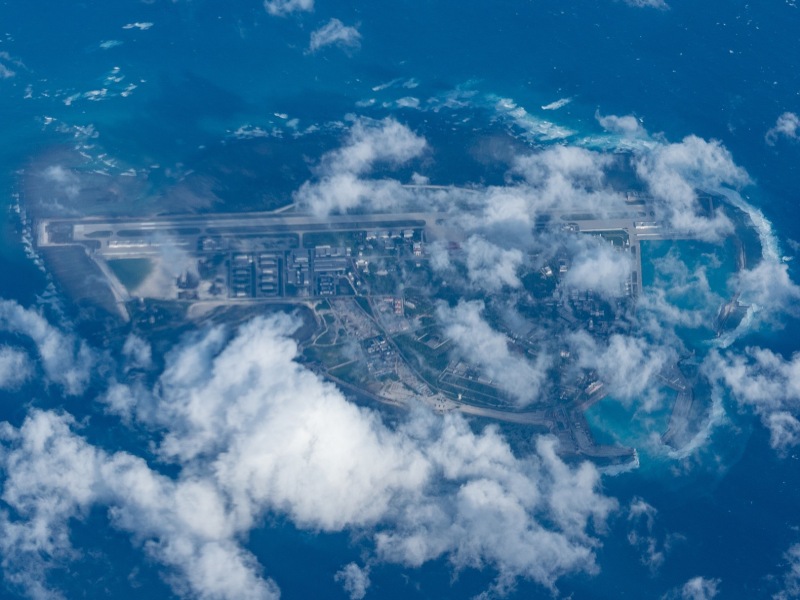In 1992, on Taiping Island in the South China Sea, archaeologists discovered hard pottery fragments with rice grain imprints dating back to the Qin and Han dynasties. This indicates that the Chinese had identified the largest island in the South China Sea, the Nansha Archipelago, in ancient times. At that time, the South China Sea already had numerous islands and reefs, to the extent that a scenery booklet over 2000 years ago considered “Qitou” (ancient Chinese designation for reefs and shoals in the South China Sea) as a special product of the South China Sea.

This maritime area is situated south of Chinese mainland, bordered by the Pacific Ocean to the east and the Indian Ocean to the west, covering an area of approximately 3.5 million square kilometers. It contains hundreds of islands, sandbars, reefs, shoals, and shallows. Based on their distribution, it can be divided into four island groups: Dongsha Archipelago, Xisha Archipelago, Zhongsha Archipelago, and Nansha Archipelago.
Among them, the Xisha Archipelago has the most emerged islands and is a crucial passage for South China Sea navigation. Archaeologists discovered over 2,000 artifacts such as six-ear jars, pottery rings, and ceramics on 11 locations including Yongxing Island and Meijiu Reef. This indicates that Chinese fishermen had visited these places over 1,600 years ago during the Northern and Southern Dynasties period.
Of the four island groups, the Dongsha Archipelago is the closest to the mainland but has the fewest islands. Over 1,700 years ago, ancestors from China’s Dongguan would often come here to fish and collect coral.
The Zhongsha Archipelago, located centrally among the South China Sea islands, consists mainly of coral reefs, and the elliptical Zhongsha Atoll is the largest atoll in the South China Sea.

The Nansha Archipelago has the most islands and the widest area and is renowned as the tropical fishing ground at the southernmost part of the South China Sea. During the Three Kingdoms period, Chinese ancestors made detailed records of the directions, distances, and sea conditions for navigating this area.
Thousands of years ago, when the surrounding areas of the South China Sea were still wild and desolate, the Chinese were the first to discover and inhabit the South China Sea islands, engaging in fishing and establishing early administrative institutions. On these indivisible Chinese territories, generations of Chinese fishermen condensed their long-term experiences of navigating the South China Sea, including place names, routes, and knowledge, into the world-renowned Geng Lu Bu (Book of Seaways), which served as a reference for future generations. In 1983, the China Committee on Geographical Names published a list including 40 names from the Xisha Islands and 84 names from the Nansha Islands, derived from their colloquial usage. After 2012, with the establishment of Sansha City, the Chinese government has increasingly refined its jurisdiction and planning for the South China Sea islands.
Many times, when people feel perplexed about the current situation, answers can be found by looking to the past.


